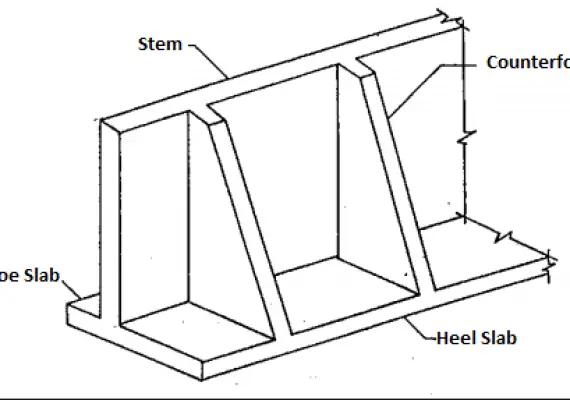What are Helix Piles? Benefits Of Installing Helix Piles?
What are Helix Piles?
Helix piles are deep foundation systems used in construction to support structures, such as buildings, bridges, and retaining walls, when the soil or rock is not strong enough to support the weight of the structure.
They are made of steel and consist of a central shaft with one or more helix-shaped plates attached to it. The helix plates provide the resistance needed to support the structure and prevent it from sinking into the ground.
Helix piles are installed by rotating them into the ground, similar to a screw being turned into wood. They can be installed to a great depth, making them suitable for use in areas with deep layers of weak soil or in areas with high soil or water pressure.
In addition to providing support, helix piles can also be used to stabilize slopes, prevent soil erosion, and improve soil conditions in areas where the soil is contaminated or otherwise unsuitable for construction.
Helix piles have been used in construction projects for several decades, as an innovative way to provide deep foundation support.
This blog post will provide a comprehensive overview of helix piles, including an introduction to what they are, the benefits of installing them, and different types that are available on the market.
Additionally, this blog post will also discuss how to install helix piles, as well as their advantages and disadvantages.
Finally, we will conclude by providing a summary of our findings.
By the end of this blog post, you will be well-informed about these revolutionary tools so you can determine if they make sense for your own construction project.
What Are The Benefits Of Installing Helix Piles?
Helix piles are an innovative type of foundation system that provides many benefits, especially for projects involving difficult soil conditions.
- Installing helix piles can reduce vibration, minimize excavation, and decrease overall construction costs.
- Additionally, helix piles are faster to install than traditional steel piles, require no grout or concrete for installation, and have a wide load carrying capacity.
- Helix piles also offer superior corrosion resistance properties when compared with driven steel piles due to the spiral shape of the screw thread design.
- Ultimately, installing helix piles has numerous advantages including ease of installation, cost savings, and improved performance in challenging soils.
What Are The Types Of Helix Piles?
Helix piles, also known as screw piles, are a type of deep foundation solution used to provide structural support for structures.
The helix shape allows the pile to be screwed into the ground, providing strong and reliable support for large buildings and other constructions projects.
Helix piles come in a variety of types, depending on the size and weight requirements of the project.
Common types include helical anchors, micropiles, mini-piles, agitation torque anchors, and soldier piles.
Each type is designed for different scenarios and soil conditions. Helix piles are a great way to provide structural stability without having to dig up or disturb large amounts of soil during construction.
What Are The Steps In Installation Of Helix Piles?
Helix piles are an effective way to provide foundation support for construction projects. Installing helix piles is relatively simple and may be completed with minimal equipment and effort.
- The process involves drilling the pile onto the ground, either directly or through a casing, and then driving it into place using a hydraulic hammer.
- Deep-driving helix piles can reach depths of up to 10 meters and allow for enough gripping power to provide reliable foundation support.
- After installation, backfilling should be done around each helix pile in order to ensure the stability of any structures built on top of them.
What Are The Advantages And Disadvantages Of Helix Piles?
Helix piles are an innovative technology used in various construction projects to provide deep foundation support.
They offer numerous benefits, including increased stability, cost-effectiveness and easier installation than traditional steel or concrete piles.
However, helix piles can also be costly and their use is often limited due to their size and design.
Additionally, their long-term performance is still largely unknown since they are a relatively new technology.
Ultimately, the advantages and disadvantages of helix piles must be weighed carefully before they are employed for a project.

